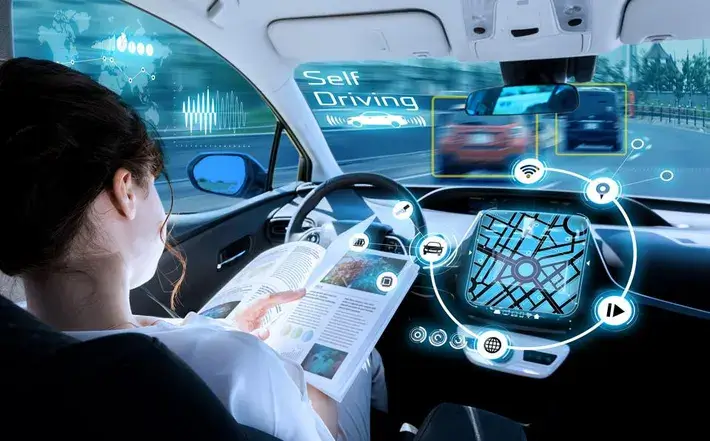Tesla is embarking on a new chapter with the launch of its exclusive robotaxi program in Austin, Texas, scheduled to begin on June 22, 2025. This initiative, years in the making, represents a significant step towards realizing Elon Musk's vision of autonomous transportation, although the initial rollout will be far more limited and cautious than originally envisioned.
The program is starting with a select group of participants, primarily Tesla investors, enthusiasts, and influencers, who have received "Early Access" invitations. These individuals will be among the first to experience the robotaxi service and provide valuable feedback to the company. The rides will be conducted in a geofenced area within Austin, excluding the airport, and will be available from 6:00 AM to 12:00 AM. Tesla is also allowing invited guests to bring one additional guest with them to experience the Robotaxi network and is encouraging them to record and share photos and videos of their experience.
Despite being hailed as a robotaxi service, the initial phase will not be entirely driverless. Each Model Y SUV operating in the program will have a Tesla employee seated in the front passenger seat, acting as a "safety monitor." This monitor will oversee the ride and is expected to intervene if necessary. Interestingly, these safety monitors are subject to the same restrictions as Tesla owners using Full Self-Driving (FSD) Supervised, including monitoring by the cabin camera to ensure they are paying attention.
In addition to the safety monitors, Tesla will also utilize teleoperators to supervise the fleet remotely and provide assistance when needed, particularly in emergencies. This remote support system is a common practice in the autonomous vehicle industry.
Tesla's robotaxi service wants to change the way people get around, starting with a small rollout and possibly spreading across the country. If it works, it could change the self-driving car market and Tesla's future in a big way.
The vehicles in the robotaxi program will be trackable on the Texas Department of Transportation's website, which is a first for Tesla, marking the first officially acknowledged, government-tracked, and sanctioned deployment of a Tesla Model Y operating as a ride-share vehicle. The listing also notes that the Tesla does not have a safety driver which shifts the liability from the occupant of the driver's seat to Tesla, for the first time in a public setting.
This cautious approach comes amid scrutiny of Tesla's Full Self-Driving (FSD) software. The National Highway Traffic Safety Administration is still investigating Tesla's FSD, which has been linked to numerous crashes and fatalities. Critics have also argued that Tesla's marketing of FSD has overstated its capabilities, as the system still requires frequent human intervention and does not meet the industry standard definition of autonomous driving. Moreover, a group of Democratic Texas lawmakers has requested more details from Tesla regarding the safety considerations of its robotaxi service.
Despite these challenges and limitations, the launch of the robotaxi program is a significant milestone for Tesla. Wedbush Securities tech analyst Dan Ives believes the robotaxi rollout could help Tesla reach a $2 trillion market cap by the end of 2026 and views this autonomous chapter as one of the most important for Musk and Tesla.
Tesla hopes to surpass Waymo, another autonomous car service operating in Austin, Phoenix, San Francisco, and Los Angeles. The company plans to gradually scale the program while closely monitoring safety. Elon Musk has indicated that Tesla initially roll out 10 to 20 vehicles before expanding to a thousand within a few months, and later introducing a purpose-built Cybercab with no pedals or steering wheel.

















